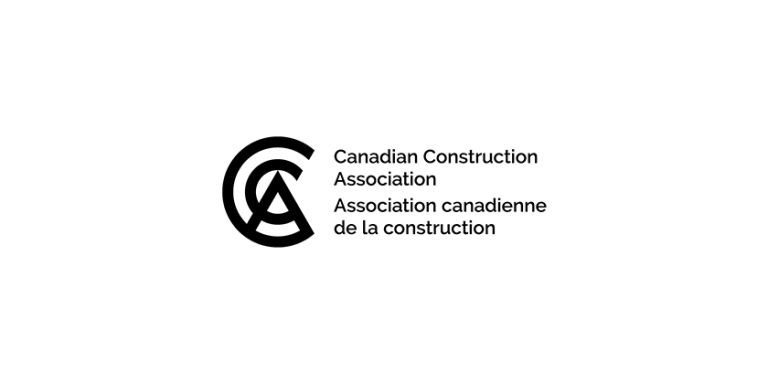Guide to the Canadian Electrical Code, Part I — Instalment 41

Sept 10, 2018
By William (Bill) Burr
The Code is a comprehensive document. Sometimes it can seem quite daunting to quickly find the information you need. This series of articles provides a guide to help users find their way through this critical document. This is not intended to replace the notes in Appendix B or the explanations of individual requirements contained in the CEC Handbook** but will hopefully provide some help in navigating, while reading the code.
The 24th Edition of the CE-C, Part I, (C22.1-18)* is now available from CSA Group. This discussion of Section 78 — Marine Wharves, Docking Facilities, Fixed and Floating Piers, and Boathouses is based on the new edition.
Rule 84-000 notes that this is a supplementary or amendatory section of the code and applies only to the installation of power production sources interconnected with a supply authority system. Appendix B and the CEC Handbook have additional information and descriptions of these installations.
Rule 84-002 states that arrangements for interconnection must be in accordance with the requirements of the supply authority.
Rule 84-004 requires provision of protection against backfeed into a supply authority system fault on all interconnected electric power sources.
Rule 84-006 requires that electric power production sources be equipped with the means and equipment to establish and maintain a synchronous condition with the interconnected supply system and prevent any adverse effect.
Rule 84-008 requires that where there is a loss of voltage in one or more phases of the supply authority system, the interconnected electric power production source must be automatically disconnected and not be reconnected until normal voltage of the supply authority system is restored. An alternate procedure may be followed, if in accordance with the requirements of the supply authority. If approved by the supply authority, an inverter designed to also serve as a disconnection device that is suitable for interconnection with electric power production sources may be used.
Rule 84-010 requires that where energization of conductors and equipment is from both directions, overcurrent protection must be provided from each source of supply.
Rule 84-012 requires that the rating of overcurrent protection for a transformer that is energized from both directions is determined under Section 26, by considering first one side of the transformer and then the other side, as the primary.
Rule 84-014 requires that each interconnected electric power production source installation must have additional devices as necessary for system stability and equipment protection.
Rule 84-016 requires ground fault protection in accordance with Rule 14-102 to be provided.
Rule 84-018 requires that where an electric power production source loses voltage in one or more of its phases it must have provisions to automatically disconnect all phases from the interconnected system.
Rule 84-020 requires that all ungrounded conductors of any electric power production source of an interconnected system, be provided with a disconnecting means that simultaneously disconnects all circuits supplied by the electric power production source equipment.
Rule 84-022 requires that all ungrounded conductors of any electric power production source of an interconnected system, be provided with a disconnecting means that simultaneously disconnects all circuits supplied by the electric power production sources from the supply authority system. This provides the supply authority a single point of access to isolate one or more power production sources.
Rule 84-024 outlines the specifications that the disconnecting means must
• be capable of being energized from both sides
• plainly indicate whether it is in the open or closed position
• have contact operation verifiable by direct visible means if required by the supply authority (in accordance with 84-002, to provide added assurance to supply authority workers that the circuit is open before work is initiated)
• have provision for being locked in the open position
• conform to Sections 14, 28, and 36 if it includes an overcurrent device
• be capable of being opened at rated load
• be capable of being closed with safety to the operator with a fault on the system
• disconnect all ungrounded conductors of the circuit simultaneously
• bear a warning to the effect that inside parts can be energized when the disconnecting means is open
• be readily accessible, and
• where a main fusible disconnecting means is used, an isolating switch must be provided to allow the fuses to be dead during handling
Rule 84-026 requires that isolating means be provided to isolate equipment that is energized from both directions from all ungrounded conductors of each source of supply.
Rule 84-028 specifies that the grounding means at the service entrance may serve as the grounding means for the electric power production source in accordance with Sections 10 and 36. In the case of a dc power source connected through a solid-state inverter, the inverter must not be grounded unless the inverter ac power is separated from the supply authority system by means of an isolating transformer.
Rule 84-030 requires that a warning notice and a single-line, permanent, legible diagram of the interconnected system shall be installed in a conspicuous place at the supply authority disconnecting means of Rule 84-022 and at the supply authority meter location.
In the next instalment, we will be discussing Section 86 – Electrical Vehicle Charging Systems.
William (Bill) Burr is the former Chair of the Canadian Advisory Council on Electrical Safety (CACES), former Director of Electrical and Elevator Safety for the Province of BC, and former Director of Electrical and Gas Standards Development and former Director of Conformity Assessment at CSA Group. Bill can be reached at Burr and Associates Consulting; billburr@gmail.com
* The source for this series of articles is the Canadian Electrical Code, Part I, published by CSA.
**Note the CEC Handbook is also published by CSA.

















